Regularly eating large amounts of sugar, particularly added sugar, can trigger cellular inflammation, which can lead to a range of health issues, including type 2 diabetes, heart disease, candida overgrowth, and autoimmune disorders. Because sugar activates the brain’s reward center, causing it to release dopamine and beta-endorphins, it can be more addictive than other foods.
People with naturally lower levels of beta-endorphins get a bigger rush from sweets, too, notes Kathleen DesMaisons, PhD, author of Potatoes Not Prozac: Simple Solutions for Sugar Addiction. The subsequent rush–crash cycle can also spark mood dysregulation and fatigue.
Start by limiting the usual sugar suspects — think desserts, sodas, cereals. Then watch for other items that sneak sugar among their ingredients: ketchup, spaghetti sauce, barbecue sauce, fat-free yogurt. (For packaged food, find label-reading tips here.)
When in doubt, focus on consuming more whole foods so you don’t need to stress about the labels. Though whole foods such as fruit contain naturally occurring sugar, they also offer fiber, which reduces the impact on your blood sugar (but be wary of processed fruit juice, which lacks stabilizing fiber). If a sugar craving hits, reach for a glass of water and a snack with protein, healthy fat, and fiber.
Find strategies to tame a sweet tooth in the articles below.
More on Cutting Sugar
How Sugar Affects Your Health
20 Tips to Curb Sugar Cravings and Kick the Addiction
Are Sweeteners Like Stevia and Monk Fruit Better for You Than Sugar?
Take Back Your Taste Buds
9 Ways to Expand Your Palate
Simple Ways to Eat Less Sugar
How to Break the Caffeine and Sugar Habit
One Healthy Habit
For more inspiration and other challenges, please visit One Healthy Habit.
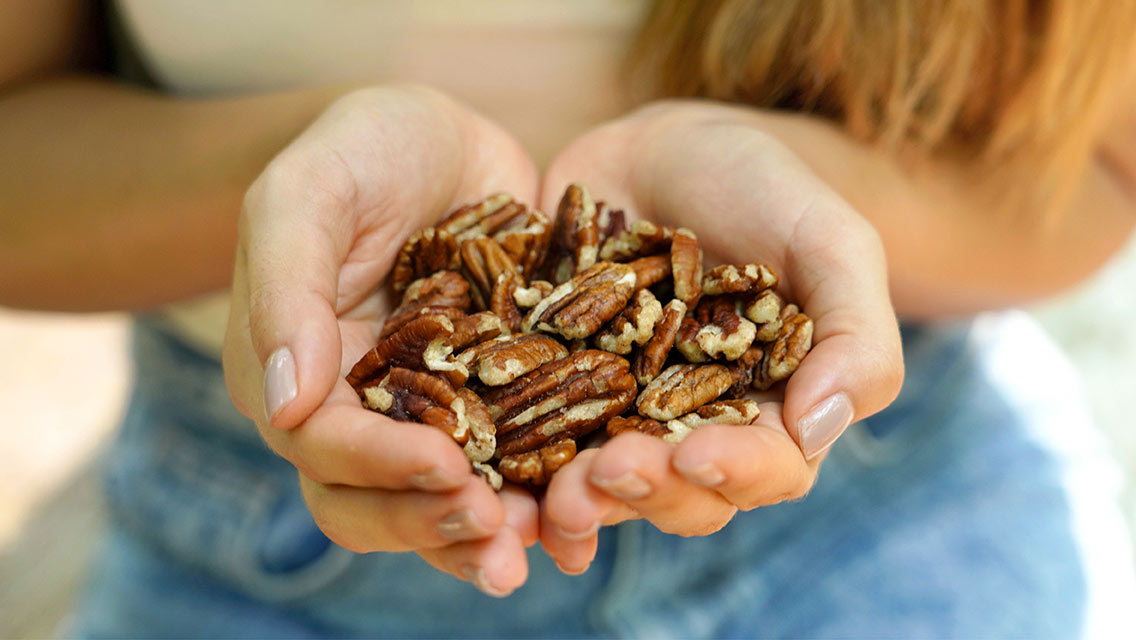
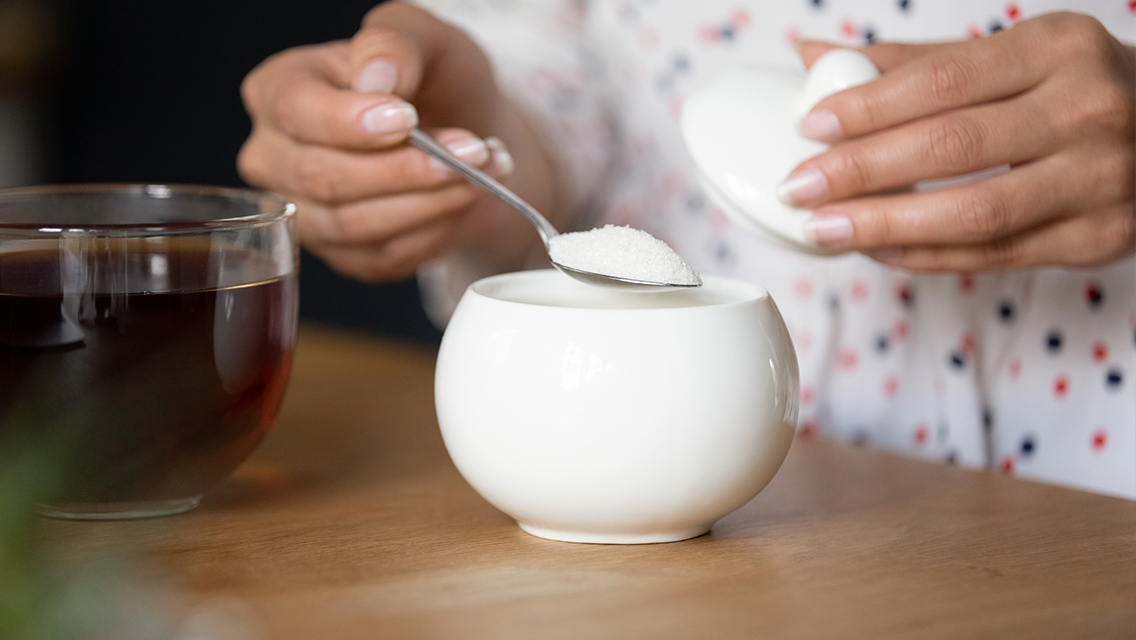
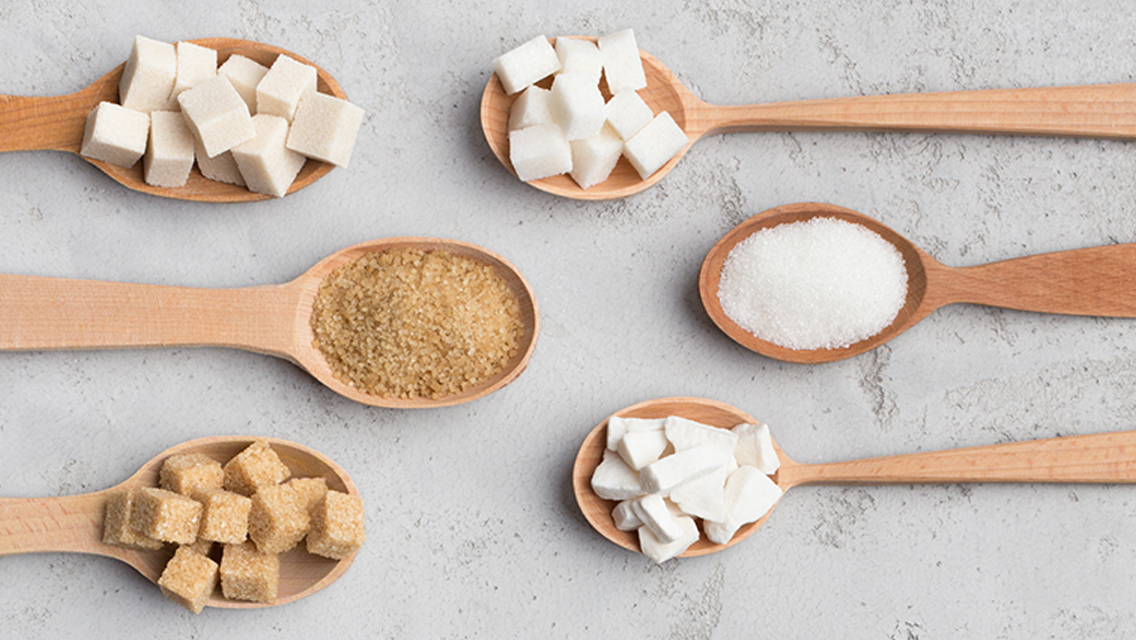

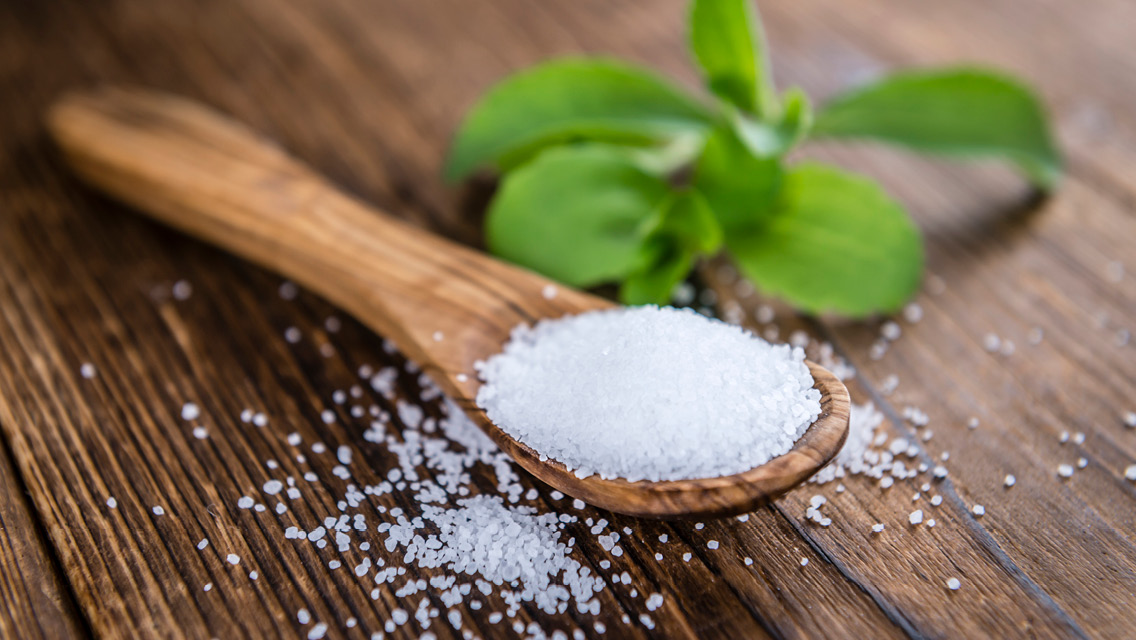




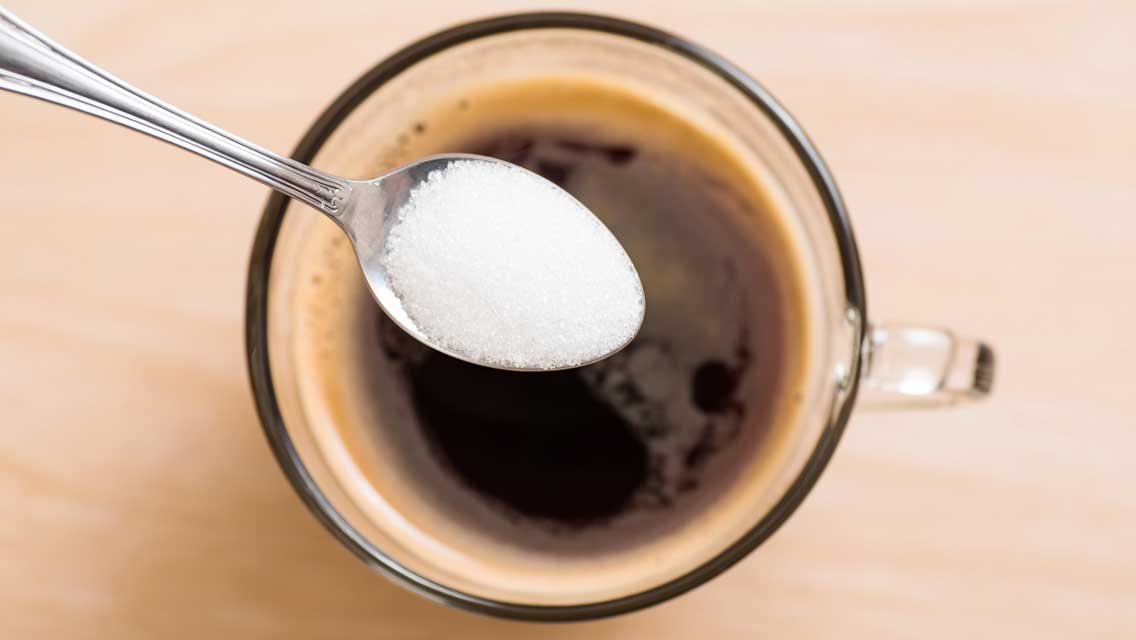


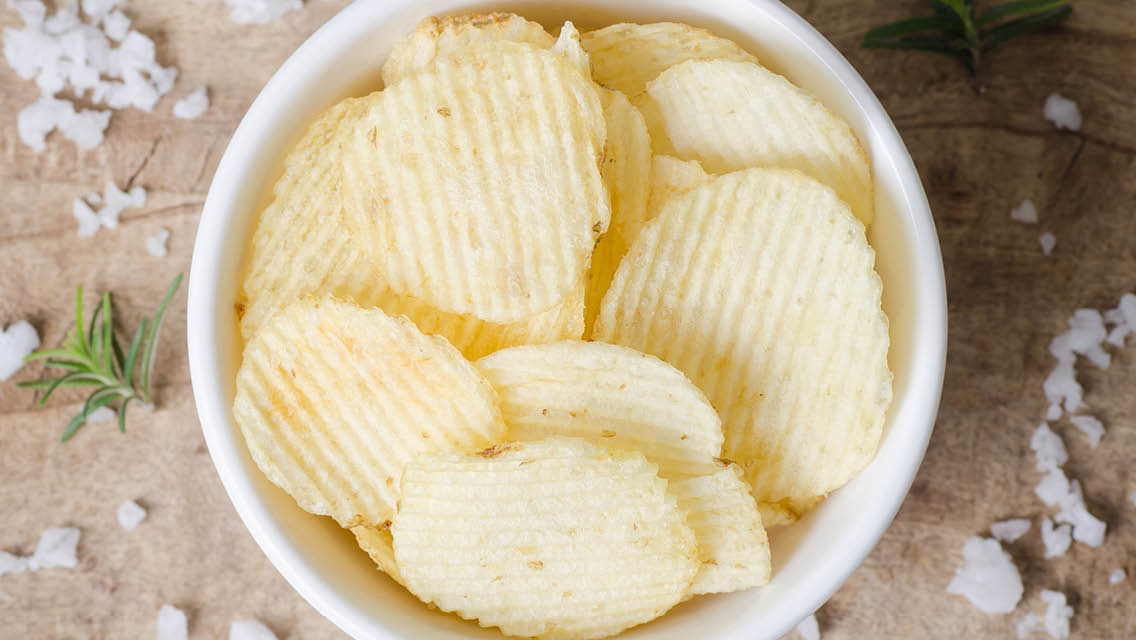

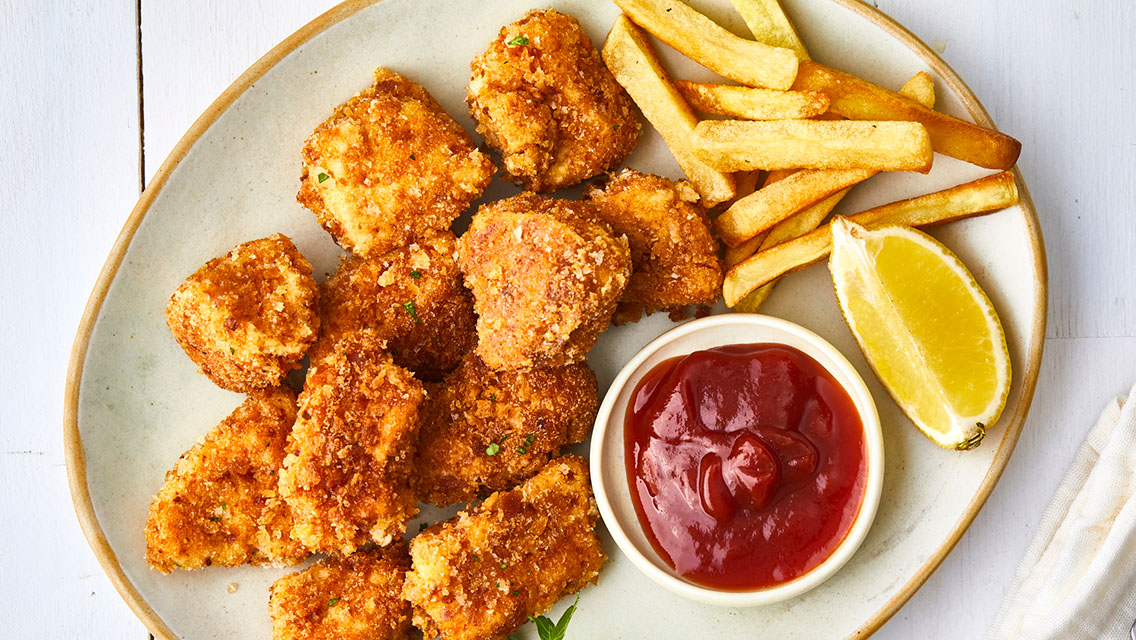
This Post Has 0 Comments